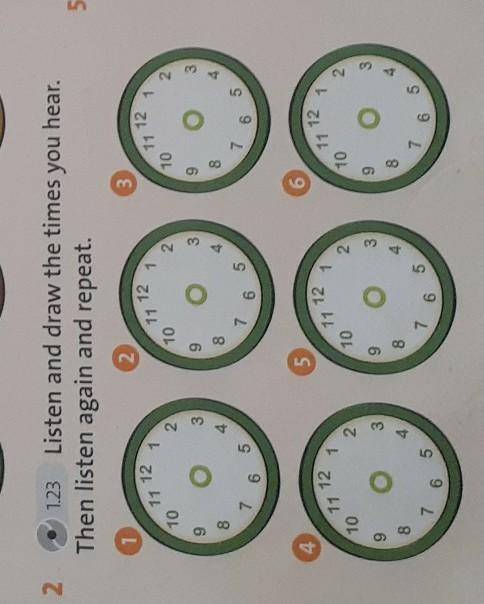
The Last of the Mohicans
Summary: Chapter I
The novel takes place during the third year of the French and Indian War. The narrator explains that the land itself, populated by hostile Indian tribes, is as dangerous as the war. The armies do not want to battle, and the unpredictability of the terrain unnerves them. The French general Montcalm has allied himself with several of the Indian tribes native to America and is moving a large army south in an attempt to take Fort William Henry from the British. Magua, an Indian scout, intercepts the information about the impending attack on the fort and relays it to the British General Webb, to whom he is loyal. Webb decides to send reinforcements to Fort William Henry to help Colonel Munro, who commands the fort. Shortly after the reinforcements leave for Fort William Henry, Webb dispatches the young Major Heyward to accompany Alice and Cora Munro, the colonel’s daughters, who insist upon visiting their father. As they leave, an Indian runner dashes by them. Alice watches him with mixed admiration and repulsion.
Summary: Chapter II
The Indian runner, whose name is Magua, agrees to guide Heyward and the young women to Fort William Henry by means of a shortcut known only to the Indians. Soon after they leave Fort Edward, they meet a stranger. We later learn his name is David Gamut. Gamut is a psalmodist, a man who worships by singing Old Testament psalms. The mincing and dainty Gamut is out of place in the menacing forest. He left Fort Edward and lost his way. He announces his intention to join the group. Annoyed at Gamut’s presumption, Heyward nevertheless shows interest in Gamut’s claim to be an instructor, and asks Gamut if he is a mathematician or a scientist. Gamut replies humbly that he knows only the limited insights of psalmody, the then-popular practice of setting biblical teachings to music.